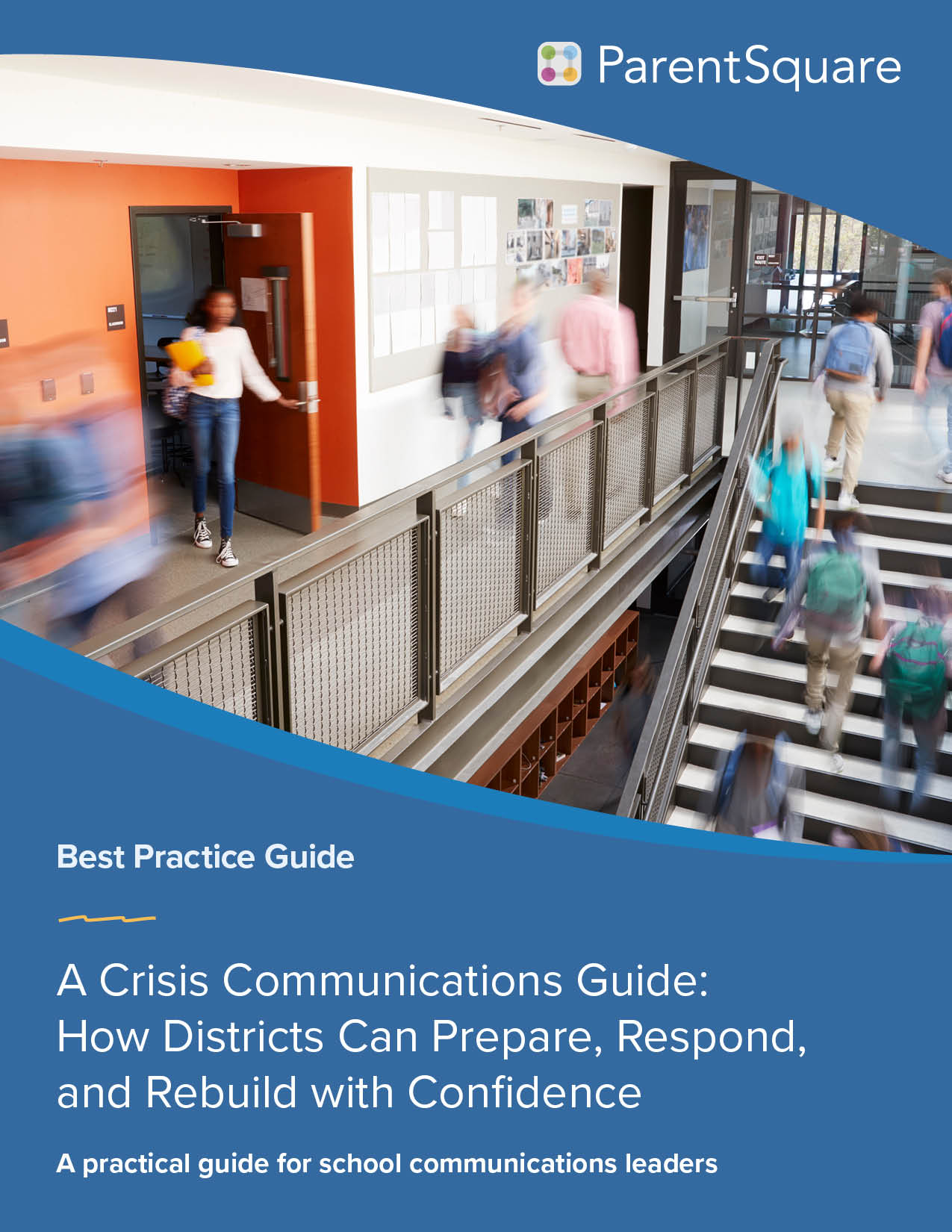This post originally appeared on our ParentSquare Learning Network blog on March 2, 2020.
Guest post by Dr. Laura Spencer — former 7-12 English teacher and current Director of Instructional Technology Integration at Elite Academic Academy

The other day I was waiting for a prescription to be filled, and decided I’d take advantage of the “Free Wifi” sign at McDonald’s next door. I had a ton of work emails I needed to respond to, and I had a deadline approaching for a Fair Use document I was creating for our staff.
Since I was at McD, I decided to also take advantage of the best Coca-Cola on the planet (which is saying something because I’m a Pepsi girl) and the best french fries for a fast food franchise. With my tray of deliciousness in hand, I found a table, sat down, and pulled out my technology.
Responding to emails was first on the list so I decided my phone would do just fine. About 10 emails in, I realized why people have the “Excuse the Typos. Sent on my iPhone” signature line. Autocorrect and I battled over the fact that Ela was a name, and not to be confused with ELA standards. My phone was also pretty sure I meant to take a stand against my boss by responding with a loud “NO” instead of “NP” to a request for assistance.
Once my fries were done, and the grease wiped off my fingers, I cracked open the laptop to finish my document. It was at that moment that a woman began arguing with the manager over a poorly made burger. As their discussion escalated, I found myself mesmerized by the chaos. Once the situation was handled, I looked down to see the pharmacy had sent me a text that my order was filled. So the laptop, with the unfinished document, were packed back in my bag to be tackled another day.
So what does any of this have to do with equity?
It has to do with digital equity.
According to Pew Research, 15% of U.S. households with school-age children do not have a high-speed internet connection at home. The number is higher for Black and Hispanic students, and much higher if they come from low-income households. And it’s not just internet access. One in four lower-income teens don’t even have access to a laptop or desktop computer at home.
I used to be one of the teachers who commented that students without laptops could just do the work on their phones. I was one of the teachers who thought the library or Starbucks (or McDonalds) was an appropriate substitution for no home internet access.
And I was wrong.
Those assumptions I made contributed to the “homework gap” which prevents Black, Hispanic, and low-income students from achieving to their full potential because students with home internet consistently score higher in reading, math and science.
Every time teachers expect students to seek out internet access, we send the message that those students’ life struggles aren’t important to us. Every time we talk about the importance of having a quiet, well-lit place to study, but then send kids to McDonalds to complete their English essay, we’re complicit in the homework gap. Every time we provide students with a printed worksheet because s/he can’t access the adaptive internet-based program at home, we lower the odds that students will overcome their knowledge gaps.
Equity is such a hugely important concept. It encompasses race, gender, culture, money, experience, etc. And digital equity weaves through all of those components.
So what can schools, teachers, and families do to bridge this divide?
-
Find out where the divide exists. Survey every family about their internet, and technology, access at home.
-
Work with families to seek out alternatives. Everyoneon.org is a non-profit that helps families find low-access internet deals in their community, as well as provide them a computer if needed.
-
Use Title I funds to provide devices with LTE-service embedded. Our school offers Chromebooks with Sprint service built in. But before choosing a provider, make sure they have a strong signal in the areas in which your families in need reside.
-
Consider how you use classroom technology equitably. Develop opportunities for struggling students who are often relegated to using computers only for intervention to use the device to create and apply valuable critical thinking skills.
-
Help parents become tech-savvy by offering them classes on word processing, spreadsheet creations, and basic tech troubleshooting. But also offer fun classes, like creating photo collages, or 3D printing a pencil holder, or maybe even recording a Tik Tok video (if you’re brave).
Still think it’s okay to assign digital assignments to students without access? Check out this video “If You’ve Never Heard of the ‘Homework Gap’ This Video Will Shock You” by Soul Pancake.

